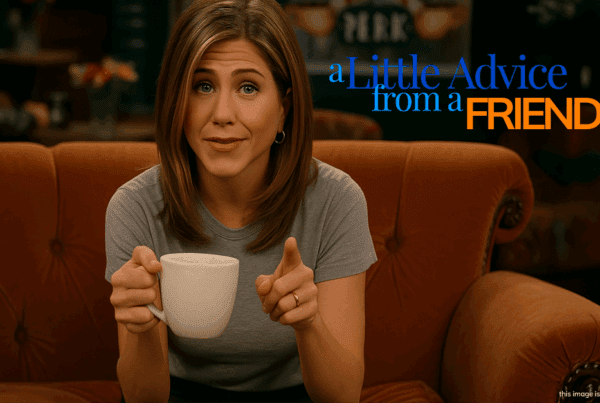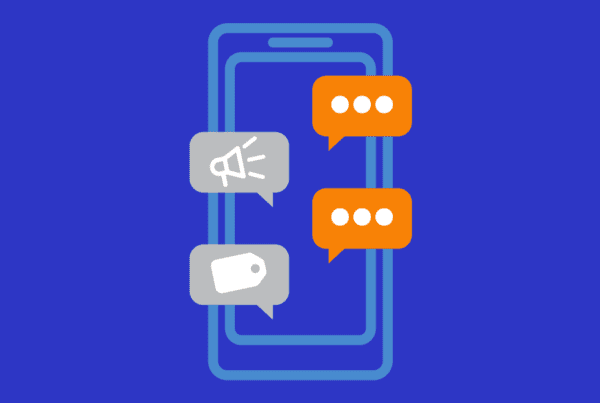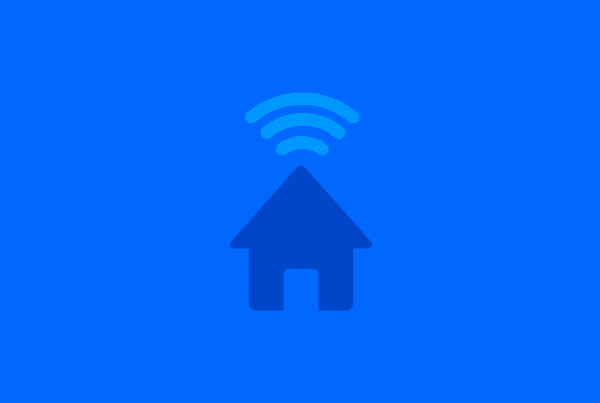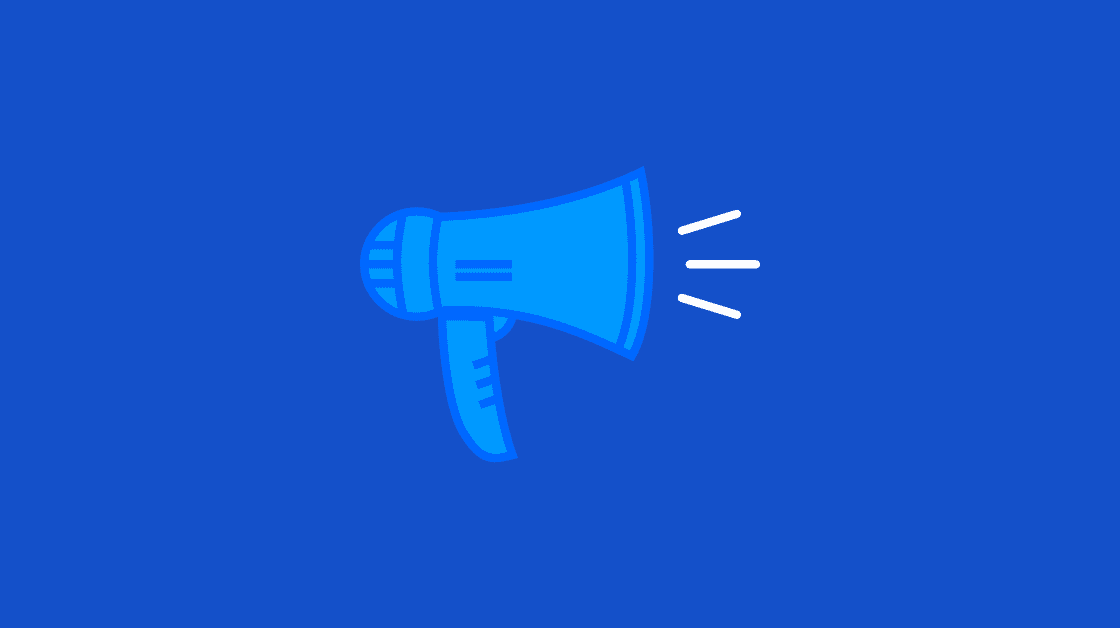
Do you want to grow your business and reach more audiences that convert into leads? Then a tactic that can help expand your business is paid media, a method of using promoted (paid for) content such as social media posts, video ads, pop-ups, etc. to reach target audiences. Essentially, paid media is content that businesses pay for to reach more people.
For some, dipping their toes into paid media is intimidating, however, with an understanding of best practices, you’re experience will be much more enjoyable. Here are a few tips to get you comfortable with paid media.
Establish goals.
An excellent paid media strategy starts with setting goals. If you don’t know where you’re headed, how do you know where to go? To start building a paid media strategy, you’ll need a basic understanding of Key Performance Indicators (KPIs). KPIs are a measurable value that indicates progress in achieving the overall goal. Some examples of KPIs are impressions, conversions, and website traffic. These metrics can give you insight that helps determine how well your content is performing.
If you’re still unsure how to develop a list of goals and KPIs for your paid media campaign, consider what the overall goal is that you’d ultimately like to achieve through this content. What are you advertising? How are you hoping your business benefits from your ads? Keep your vision in mind and let it guide your objectives.
Related: 5 Crucial Ingredients of a Sustainable Paid-Media Strategy
Build a keyword list.
Keywords are a tactic used to get your content in front of your target audience. The success of your paid media content depends on keywords because they help you reach as many potential customers as possible. Conduct extensive research into keywords to be sure they’re relevant to your business and advertisement.
As you continue to publish paid media ads and campaigns, update your keyword list with terms that perform well. If a keyword hasn’t been successful in reaching your target audience, toss it out so it doesn’t affect your ads negatively in the future.
Related: How to Identify the Best Long-Tail Keywords
Choose your channels.
Not all of your audience loves Tik Tok, or any other channel as a collective group.
Every consumer is different in their preferences, and you’ll want to cater to that by selecting the channels for your paid media carefully. Research—the magic word—can help you to understand which channels should successfully reach your audiences. Google is a great platform to include, but go beyond the obvious and search out what channels your audience spends time on.
If you’re targeting ads at a Gen Z audience, consider Tik Tok or Instagram, which has become a wildly popular platform for paid media due to influencers and the visual aspect posts provide. Or, let’s say you’re advertising a service that’s used by working professionals—LinkedIn should be one of the first channels on your list. It’s overwhelming to think of all the places your audiences could potentially be (virtually) hanging out, but with some research and intuition, it’ll become easier to narrow down the list as you go along.
Related: How Much Should You Spend on Social Media Marketing?
Create landing pages.
So, you’ve created a beautiful ad and a potential customer has clicked on it, but where do they land? The answer isn’t your website’s homepage (sorry to disappoint). The user should find themselves at a landing page. If you’re unfamiliar with the term, a landing page is a webpage that is dedicated to converting leads. Designing a landing page that is relevant to your paid media will keep a clean, consistent transition and experience for the user.
Along with including content that is relevant to your paid media ad, make sure your landing page is engaging as well. Users should want to take the desired action on your page, whether that’s entering an email or purchasing your latest product. Track conversions from your landing page to help you adjust for better performance as needed.
Related: 5 Ways to Capture Email Addresses From Landing Page Traffic
Optimize your ads.
As your paid media ads run over time, you’ll learn more about your audience and exactly how to reach them successfully. This information is like gold—and arguably
more valuable. Use the insights you gain to improve targeting for future ads and campaigns. Tweaks you may need to make include refining your message or editing the design to make your ad stand out more.
Adjusting your ads as you learn more about audiences is crucial to building successful paid media content. There’s a learning curve to monitoring your audience’s behavior, but don’t let that scare you away. Any optimization you can provide for ads should help you generate leads, so keep your chin up and post on!
Related: Why You Should Be Buying Facebook Ads Now
Measure your ads.
The only way to know how your content is truly performing is by tracking their success. Remember KPIs? Great, here’s where you’ll put them to use.
Measuring how your paid media performs is vital to the continued success of your ads. Decide your how often you’d like to measure your ads (weekly? monthly?) and study how your ads have performed against the KPIs you selected.
Not all ads will perform incredibly as soon as they’re launched, and that’s okay. Learn from the results of your analytics and be easy on yourself; not everyone is an expert right away. Work through what works best for your paid media, and continue to build a strategy from there.
Related: 3 Common Mistakes Companies Make With Their Social Ad Strategy
Hire an expert.
If you’ve read the above and think you still may need more help beyond this blog, there are paid media experts that will take care of your content for you. Running a business takes a lot of time, and creating an effective paid media campaign is a full-time job. Paid media experts have extensive experience in this area, and can accomplish any related tasks without you having to do anything beyond hiring them.
So, how do you go about hiring a paid media expert? You can either go through a service that offers paid media help or search for one on your own. Both are great options, finding an expert may be time-consuming and present difficulties when it
comes to paperwork, expenses, benefits, etc. When choosing a service to find your expert, ensure they vet talent ahead of time and can verify applicable experience.
Related: 7 Things to Look for When Hiring Experts
If you’re wondering where to begin with paid media, there are plenty of best-practice guidelines to help you start successfully. Remember to have fun with creating your content. Once you’ve done your research and established a foundation, experiment with various designs to help your paid media stand out. And should you ever need extra help, remember there are experts that can help with the task.
FlexTal is the #1 flexible talent matching platform. Every day, we match organizations with pro-level independent contractors for flexible hourly and project-based engagements. Match with the Right Pro, Right Now.
